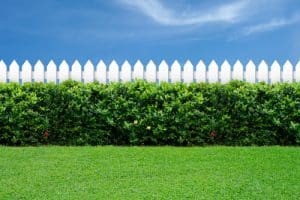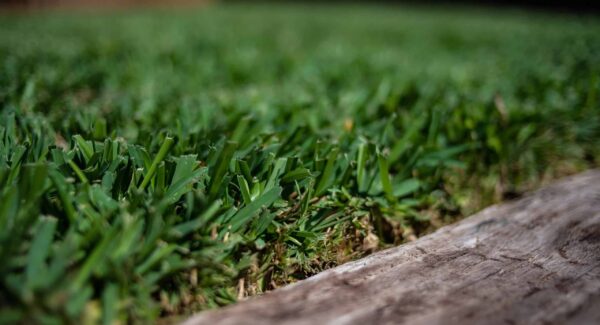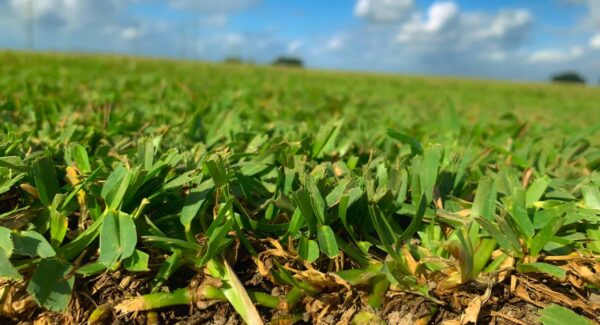The Grass is Greener Where You Water It

We know it’s just a phrase with a metaphorical meaning when they say “The grass is always greener on the other side,” but, maybe because it is about grass, we still find ourselves a little hurt when we hear it because the grass, in fact, is quite green on our own side. So we much prefer the alternate saying “The grass is greener where you water it.” We think that this has a really great metaphorical meaning and literal meaning as well. So today we’re going to teach you how to have a greener lawn.
Choosing the Right Grass
The first part of having a green lawn is making sure that your lawn has the right type of grass. Different species thrive under different conditions, so it’s important to be using the right grass. Factors such as shade, water availability, mowing frequency, and etc are important to consider when choosing the right grass; having a suitable grass type on your lawn will make it much easier to keep green and, more importantly, healthy. You can use the sliders on the left side of this page to determine which species of grass is for you.
Thatch
Thatch occurs naturally in lawns, and having a layer of thatch less than half an inch is actually healthy for your lawn. However, if it’s higher than that, it inhibits water and nutrient penetration, and your grass, as a result, can’t get the water and nutrients it needs. To counter thatch build up, aerate your lawn.
Weeds
Don’t use broad spectrum pesticides or herbicides. They will destroy the natural ecosystem that exists in your lawn, killing the pesky organisms alongside the beneficial organisms. Fertilize at the right time, make sure you are using the right species of grass (that can outcompete weeds), mow at an appropriately higher height, and pull weeds out when you need to. A healthy lawn will naturally defend itself against invasive weeds.
Mow Regularly
Mow once a week and at the right height. You should never be cutting your grass shorter than 2.5 inches. Make sure your mower blades are sharp and shiny. It is best to mow in the evening, and you should be mowing at least once a week. Alternate paths and directions each time you mow to prevent concentrated compaction on the soil. Don’t mow wet grass.
Watering Right
This is a good guide to watering your lawn correctly.
Follow these tips and you’ll be on your way to greener grass in no time! If you have questions or are interested in fresh sod, contact The Grass Outlet today.





